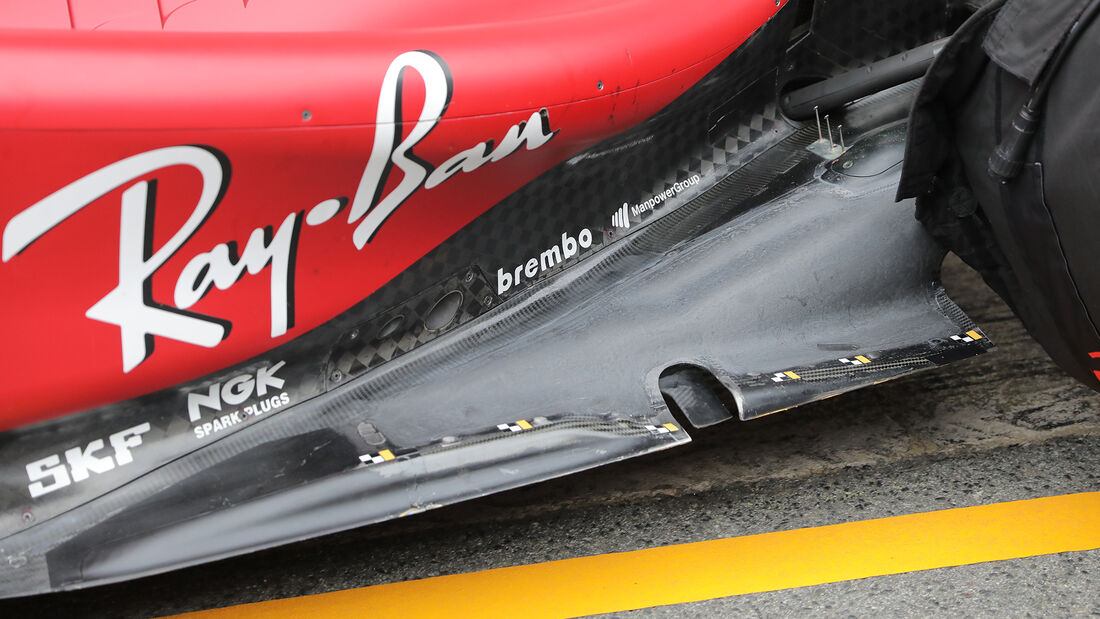Hydraulics are not banned. Dampers are almost always hydraulic.
Stu wrote: ↑16 Apr 2022, 15:06
There is a further linked ‘member’ located at the base of the torsion bars which suggests that they are not anchored in the usual way. The linking ‘member’ has a linear potentiometer attached to it (therefore we can assume that each end moves relatively to each other), could this be a hydraulic bump-stop? Only operating in pure heave, this could control porpoising quite effectively, without affecting any other suspension mode. Also by linking the torsion bars in this manner they would be able to disperse single wheel bump forces more effectively through the roll damper.
I went through a similar thought process when I saw that. It depends on if the rockers extend down to actuate that lower element; I can't tell from the photo if it is a separate component or not. The corner torsion spring (if there is one) could be anchored inside of them if so. If they are simply long rocker arms, then the lower element would be supplementing the other heave device. Otherwise as you bring up we could consider what the function of a device operating through or downsteam of springs, would be.
One could be, a non-linear rising spring rate; the lower element would add its resistance only after the torsion springs deflect a predetermined amount. You're saying we might think of it as a bump stop, but I wouldn't consider it that, a bump stop has to exist alongside a spring, not after it, to bridge the moving and static parts of the system.




